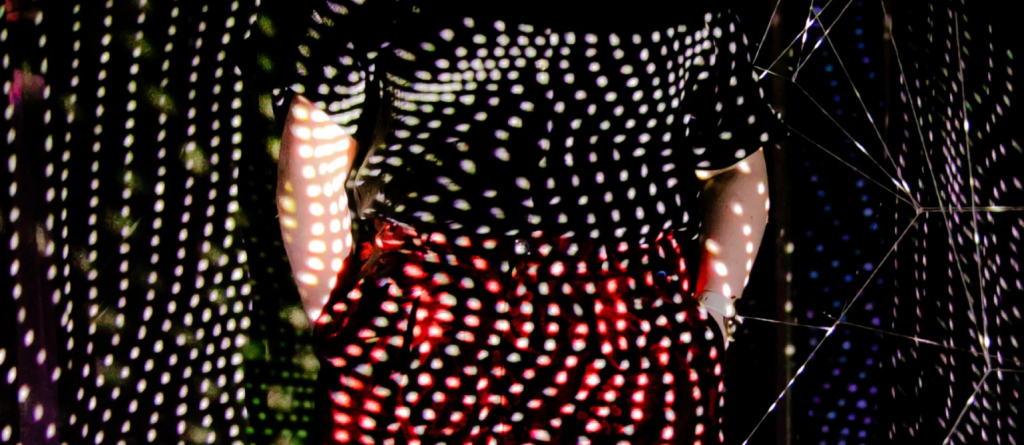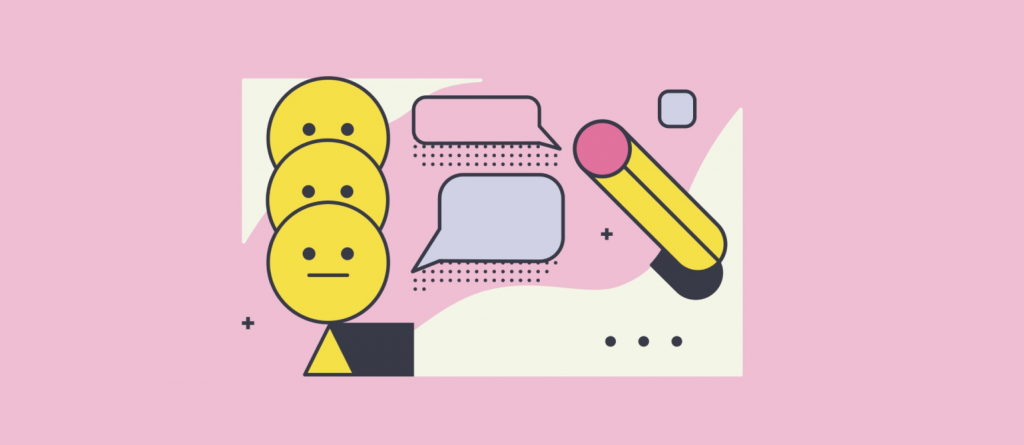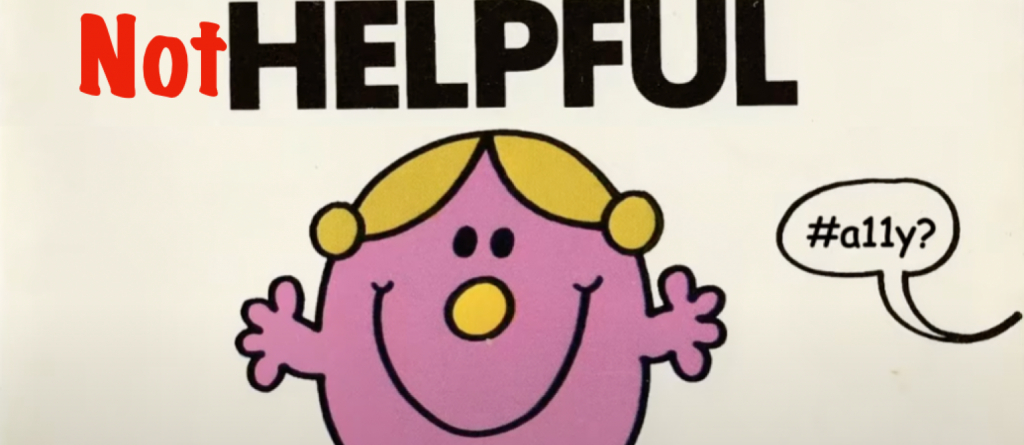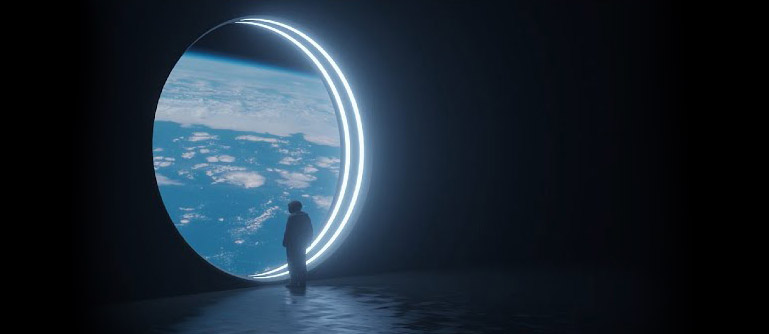- |
- |

January can be filled with talk about resolutions, goals, and things to add to your ever-growing bucket list ahead of the new year–which looks different for everyone.
So, to kick-start 2022, Jeremy Pritchard has compiled eight intriguing articles, podcasts and videos that inspire different perspectives and different ways of thinking for the year ahead.
From how everyone perceives the world, to how human-centred products and experiences are designed through human psychology, we explore a multitude of different perspectives to see you into the future.
1. There is no normal.

- Read the full article here.
- Article by: Simon J. Cropper and Nwando Ebizie.
- Contributed by: Rachel Antoniadou.
Since the pandemic began, we often hear the phrase ‘new normal’ woven throughout our conversations. But, what was the old normal, really?
The idea is highly subjective because every individual perceives the world differently.
With sensory conditions such as ‘Visual Snow’, a condition that impacts the way that visual information is processed, it’s suggested that normality does not actually exist.
So, if you want a mind-bending read to help you understand and perceive the world differently, this one is for you.
2. Why workplace empathy won’t keep employees happy.

- Read the full article here.
- Article by: Anne Helen Petersen.
- Contributed by: Kurt Smith.
Crucial to social interactions, empathy is built on a foundation of communication. It’s more than just ‘Hey, care about other people’ — it’s trying to understand and share the feelings or experiences of someone else.
So, how do we apply empathy in a corporate setting? And how do companies avoid the empathy trap?
Written and researched by Anne Helen Peterson, this piece explores what corporate empathy does and doesn’t look like, and how we can treat each other like people, not productivity robots.
3. The designer’s guide to human psychology (& how to apply it to your next project).

- Read the full article here.
- Article by: Renee Fleck.
- Contributed by: Bridget Noonan.
Designers know that when you’re creating something, you’re never truly creating it for yourself– you’re creating an experience for others.
“What people see and what people feel are two very different things. The first is an aesthetic experience; the latter is a psychological one. Good design needs both, so designers need more than a basic understanding of psychology for their work to make a worthwhile impression.”
Here, Renee Fleck unpacks the basic principles of human psychology and how we can apply them to designs to create a more human-centred approach.
4. Dyslexic myths presented as truths.

- Read the full article here.
- Article by: Gareth Ford Williams.
- Contributed by: Tim Copland.
Dyslexia affects one in ten people, and whilst there has been a lot of research conducted to understand dyslexia, we still have a way to go.
That’s why, as web designers, builders, and researchers, it’s important for us to understand our users’ personal experiences and to try and unpack some of the misconceptions and myths that surround all types of accessibility.
This piece by Gareth Ford Williams provides a great insight as to why you should never accept anything you read about accessibility at face value.
5. Almond.

- Find the novel here.
- Novel by: Won-pyung Sohn.
- Contributed by: Isabella Murphy.
If you’re looking to add a novel to your holiday reading list, Almond is it.
Exploring the power of empathy to build stronger connections with those around us, Almond captures the frustrations experienced by the young protagonist, Yunjae, who was born with a brain condition called Alexithymia. A condition that makes it difficult for him to feel, identify and express his emotions.
In keeping the theme of perceiving the world differently, Sohn Won-pyung explores the complexities of emotion and the perception of a world through a young neurodivergent character.
6. Changing our minds.

- Listen to the podcast here.
- Podcast by: TED Radio Hour.
- Contributed by: Claire Grainger.
Have you ever challenged someone’s idea with factual evidence, and they’ve formed an even stronger opinion in favour of their original idea?
This is known as the ‘back-fire effect’—a cognitive bias where people double-down with contradicting facts.
Admitting that we are wrong can be painful.
Some might say it’s a sign of weakness; others might say it sparks curiosity and challenges us to keep learning. We prefer the latter, and if you do too, we recommend giving this Ted Talk a listen.
7. Why do different cultures see such similar meanings in the constellations?
- Read the full article here.
- Article by: Simon J. Cropper.
- Contributed by: Sarah El-Atm.
As we’ve mentioned in earlier pieces, everyone has their own unique perception of the world.
Whether that be how we perceive designs, colours or even sounds, it’s fascinating to think that each experience we have is subjectively our own.
However, worlds and years apart, constellations such as the celestial emu, found in Aboriginal traditions across Australia, and the celestial rhea, a flightless bird found in Southern American traditions, share a near-identical view as constellations. If you’re looking for kindred skies, read on (and look up!).
8. The future of reasoning.

- Watch the full video here.
- Video by: Vsauce.
- Contributed by: Daniel Banik.
Technology allows us to seek out information, engage in discussions and reason faster–and with more complexity than ever before.
Yet, we can’t do any of that without the weird and wonderful workings of this thing called our brain.
Vsauce takes us on a journey that explores what the limits of the mind are, and the mechanisms of how we come to reason.
More Articles
Up for some more?
Get your monthly fix of August happenings and our curated Super8 delivered straight to your inbox.
Thanks for signing up.
Stay tuned, the next one isn't far away.
Return to the blog.
